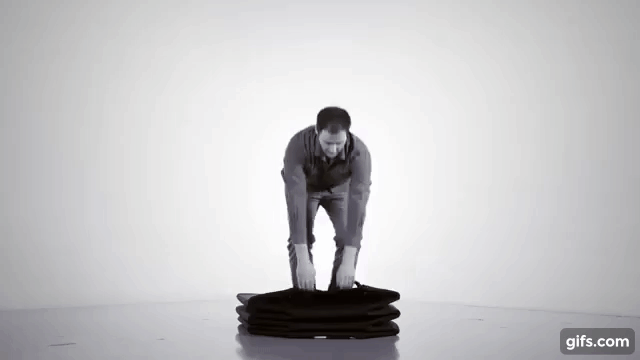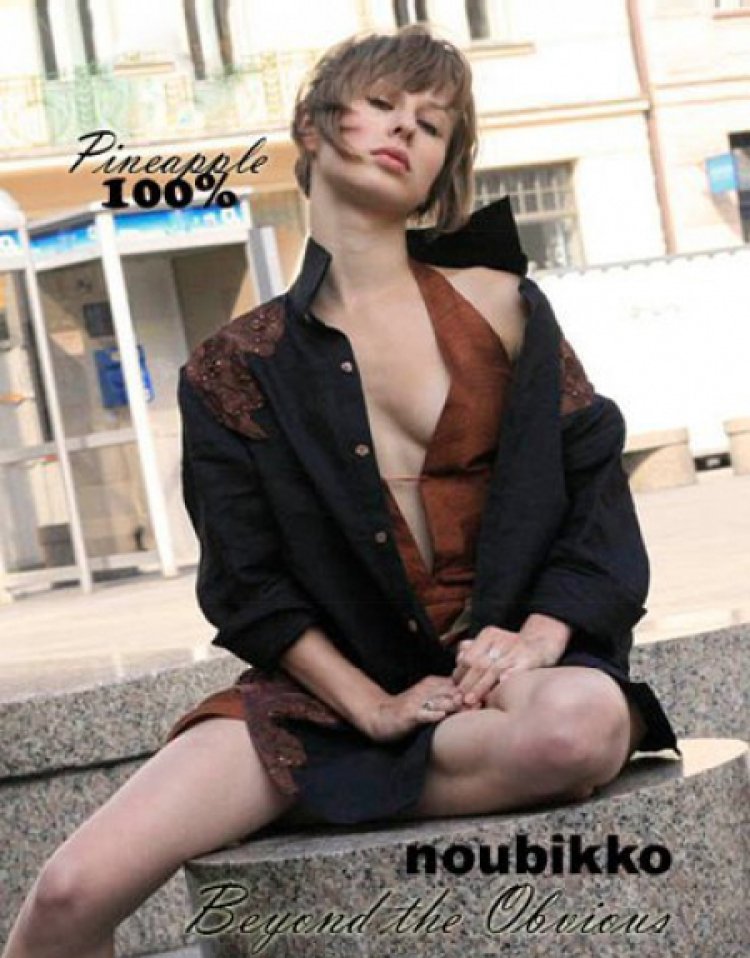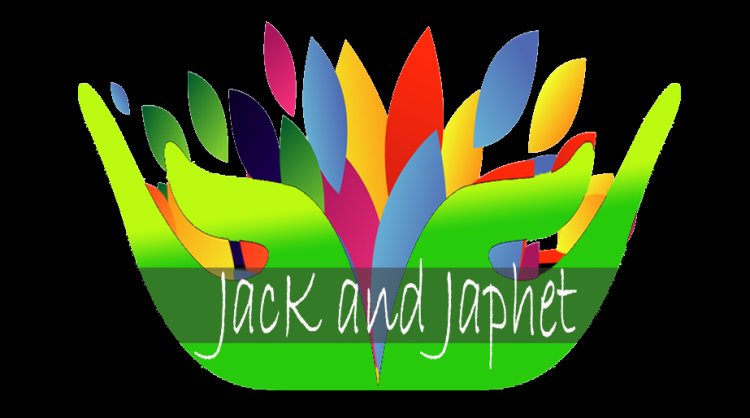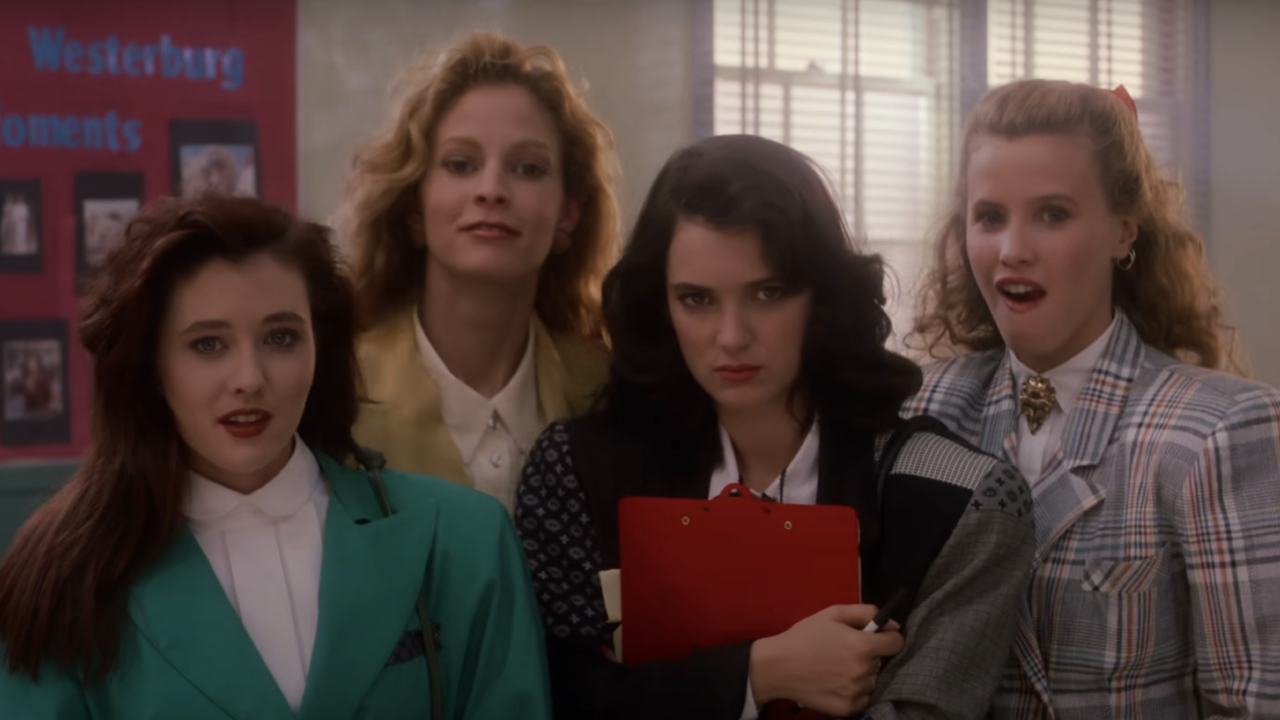London Film Festival 2024 Highlights
Highlights of this year's BFI London Film Festival.

Contrary to the laurels ensconcing every independent movie poster and advertisement, not every film festival presentation is going to be a winner. Once you cut through the glitz of celebrity and flashing lights over the red carpet, sometimes these movies simply aren’t very good. I was pleased, then, that of the fourteen or so films I caught this year at London Film Festival, most have something to recommend them—even if the final product doesn’t always hang together.
Perhaps not coincidentally, my standout of this year’s LFF is a film with no A-list celebrities on hand to promote it. Tomás Pichardo-Espaillat’s “Olivia & the Clouds” is the first animated feature to come out of the Dominican Republic. It hits the scene with such aplomb that I struggled to shake its imagery for days afterward. The film is led by emotions rather than narrative, a controlled chaos of clashing styles and modes. Thick oil paints become watercolors, and 2D animation gives way to a lonely, dancing, stop-motion figure. Pichardo-Espaillat and his team of artists draw out the inner life of everyday inanimate objects, imbuing them with meaning and conviction.
In one sequence, Ramón (Héctor Aníbal) encounters Olivia (Olga Valdez) in a Santo Domingo market only to later find the potted plant in his apartment has begun to transform into a leafy facsimile of the same woman. “Nice dream, but I have to sleep,” Ramón says to the plant, half-heartedly denying the reality that he is now in a relationship with the foliage. In another scene, Olivia drifts through a bar as six animators’ styles converge in a bachata-infused kaleidoscope of color. The film blurs lines between the conscious and subconscious, and—amid the hustle and bustle of new ideas—Pichardo-Espaillat manages to extract truth and experiential realities about love and family.
“Olivia and the Clouds” is exactly what cinema is all about: exciting, bold, innovative. By contrast, Ben Taylor’s “Joy” is none of these things. It is not much of a film at all, rather more like a Hallmark TV morality tale. Its leading men, ably but thanklessly portrayed by Bill Nighy and James Norton, are gallant crusaders for women’s rights, improbably flawless and faultless men of the 1960s who carve out a path for the burgeoning technology of IVF. Meanwhile, the film shines a light on the long-overlooked role of Jean Purdy (Thomasin McKenzie)—but fails to have much to say about her beyond that point.
The three scientists push back against tides of cultural incredulity and religious shaming, but it all feels just-so. And so, we’re dutifully given a dramatic turn here, some family struggle there, and nothing surprising or engrossing to get in the way. It doesn’t help that the film is couched in workmanlike cinematography and a simplistic soundtrack befitting an educational BBC special. For such an important story, “Joy” flatly misses the mark.

I was excited to see Andrea Arnold hit the big screen again with “Bird.” The film explores the life of Bailey (Nykiya Adams), a young woman living in an impoverished coastal community with her father, Bug (Barry Keoghan). It’s another classic formulation from a director who has an unparalleled eye for the humanity and joy of those who others might prejudge or ignore. Arnold challenges expectations this time by dipping her toes into magical realism. It’s a bold move and a welcome attempt to keep her vision fresh. Unfortunately, it’s not clear that the gamble paid off—“Bird” tackles heavy themes of domestic violence and hard drug use but leaves many of those ideas hanging in favor of a fantastical conclusion. The resulting finale is curiously unsatisfying without being thought-provoking.
It’s a shame, because Keoghan is better than he’s ever been. Bug’s plan to support his family by collecting slime from a “fecking” drug toad is funny and endearing in its earnestness; a story that focused more squarely on the human rather than the escapades of the semi-real and whimsical Bird (Franz Rogowski) may have helped this film rank among Arnold’s best. As it is, it’s an interesting experiment that doesn’t quite pay off.

Mike Leigh’s “Hard Truths” hews closer to the mark. The film is a heartbreaking tale of a woman named Pansy (Marianne Jean-Baptiste) whose family relationships and engagement with the world have turned to pure rage and disgust in the wake of her mother’s passing. Jean-Baptiste expertly delivers amusing, almost Larry David- or Lewis Black-like tirades about her grievances with the world. These monologues begin to give way as we see Pansy is struggling deeply with her feelings toward her late mother, the effects rippling out to those closest to her.
Leigh really hits a groove when he brings Pansy and Chantelle’s (Michele Austin) families together for Mother’s Day. The scene is perfectly pitched, realistically lurching between faux joviality and tearful outbursts as Pansy’s withdrawn demeanor begins to openly take its toll on her husband, Curtley (David Webber), and son, Moses (Tuwaine Barrett). The tension will be familiar to anyone who has had to dance around simmering drama between their relatives and hope against hope that things will magically resolve on their own. While “Hard Truths” never quite transcends its premise, its tortured final moments juxtaposing Webber’s impossibly sad face with Jean-Baptiste’s paralyzed fear leave a distressing sense that some relationships really can shatter beyond repair.

Siew Hua Yeo’s “Stranger Eyes” immediately caught my attention with its time- and perspective-shifting tale of voyeurism and family. I was enraptured by its portrayal of Singapore, which Yeo depicts through densely packed apartments with windows looking directly into neighbors’ homes. The film plays with themes of authoritarianism, surveillance, and voyeurism, challenging the government’s hold on public spaces while acknowledging the human desire to peer into the lives of others.
The film is led by sensitive, almost ethereal performances from Chien-Ho Wu and Anicca Panna as parents Junyang and Peiying, both seemingly desperate to find their missing daughter. Taiwanese screen legend Kang-sheng Lee rounds out the trio, playing their neighbor, although his real identity remains shrouded in mystery. Cinematographer Hideho Urata’s steady and clear camera work sets the point of view for the audience, sometimes through security camera footage, other times through a handheld camcorder. Yeo maintains the tension of Michael Haneke’s “Caché” while adding a level of pathos and even an idiosyncratic sense of dark humor to give the film its own distinct voice. It’s a film that demands multiple rewatches, which I’m eager to gear up for.

“Eat the Night” is a thoughtful tale of sibling and queer love. Pablo (Théo Cholbi) and Apolline (Lila Gueneau) live an almost autonomous life; their mother seems to have died, while their father is often physically and always spiritually absent from their lives. They bond through the fictional online roleplaying game “Darknoon,” nurturing their relationship with oversized swords and absurd fantasy outfits. Unfortunately, “Darknoon’s” servers are set to shut down after a decade of service. The video game transforms throughout the film to blend with the real world. Stagnant character models morph into the actors’ faces as Apolline and Pablo wrestle with their online refuge coming to an end.
To help feed his sister and himself, Pablo sells his special blend of MDMA and speed at local clubs. Erwan Kepoa Falé is fantastic as Night, a local store worker who joins Pablo first as a business partner and then as something more. Night, trusting and ultimately deeply loving, has a sensual chemistry with Pablo; their relationship is a shot of queer energy that enraptures and excites in equal measure. Meanwhile, Cholbi gives Pablo the unshakeable impression of a door slightly ajar, open to danger, and threatening the beautiful young love before it can take off. But it’s Night’s relationship with Appoline that particularly endeared me. The three-way trust and affection the main characters ultimately provide to one another is a slice of sentimental rawness we don’t always get in film these days. Ultimately, I don’t know that the video game conceit and kinetic final act quite work, but directors Caroline Poggi and Jonathan Vinel demonstrate a grasp of human connection that has me excited about whatever they tackle next.

I was fascinated by the fabulously unique “Eight Postcards from Utopia” by directors Christian Ferencz-Flatz and Radu Jude. The film is entirely composed of Romanian television commercials from the post-Communist era. “Postcards” provides an anthropological look at the rapid development of capitalism in one country. One illustrative recurring theme quickly emerges as advertisers proclaim that free speech has returned with the downfall of the old government—and that citizens should use that newfound liberty to invest in stocks and bonds. The film tellingly puts the boundaries of its time capsule approach at the mid-2000s, the point where Romania began to give up on localizing its commercials and join a collective march toward globalized ad campaigns.
Clever cutting and juxtaposition, sometimes the wholesale removal of audio, helps emphasize the absurdity of ads for all kinds of products. The result is a darkly funny examination of one country’s grappling with national identity and societal values. “Postcards” is broken into thematic chapters, six of which work beautifully, and a brief final chapter which gestures at nature and environmentalism but mostly repeats previous entries without adding much else. Despite this, the film doesn’t overstay its welcome and is amusing from start to finish. Perhaps more importantly, the filmmakers’ approach is clearly potent; Ferencz-Flatz told us afterward that one of the common responses to the film so far has been requests for the same exercise to be done with their own country’s ads

“Formosa Beach” is a methodical and chilling examination of Brazil’s legacy of slavery. The film makes heavy use of locked-down shots and slow camera pans as it plays with chronology in what director Julia De Simone calls “spiral time.” The slave-owning Catarina’s (Maria d’Aires) estate is alternately lavish and warm or decrepit and nigh on abandoned—perhaps as we might see it today—when viewed from enslaved woman Muanza’s (Lucília Raimundo) steely eyes. Muanza lives both a hundred years ago and today; in one remarkable sequence, she dances on a busy motorway as cars whiz by as a perfectly timed percussion track crescendos with emotion. This meeting of past and present intentionally echoes the cosmogony of the Bukongo religion practiced by the Kongo people, according to De Simone.
Muanza coordinates her escape with her “muranga” (sister), a woman who was transported to Brazil with her years before, by encoding the path to freedom in their hair. As De Simone put it, this act transforms part of their body into a kind of technology and historiography, emphasizing record-keeping beyond Western standards. Alas, De Simone doesn’t quite stick the landing—a strange final act decision comes across as stiflingly didactic, placing Muanza’s descendent in dialogue with a real-world priestess. The priestess, it turns out, was involved with archaeological discoveries about African cultures in modern-day Rio de Janeiro. The film’s shift seems to attempt to showcase the considerable research that went into the film but, unfortunately, undermines the viewer’s intelligence.

One of the more disappointing entries this year came from an unlikely source. Claude Barras follows up his beautiful “My Life as a Zucchini”—a sensitive depiction of being an orphan in the care system—with “Savages,” a lovingly rendered but unfortunately misguided story of a Swiss-Penan girl named Kéria (Babette De Coster). The central message of the film is admirable: capitalist exploitation of the environment dovetails with colonial violence and must be stopped, even at personal risk. Alas, the story is James Cameron’s “Avatar” in another guise; its simplistic narrative goes exactly as you’d expect as Kéria’s initially dismissive attitude toward her Penan cousin Selaï (Martin Verset) turns into a full-throated embrace.
The film is punctuated by authentic moments as we learn about Indigenous culture in Borneo through the Penan language. Still, at its core, the almost self-aware cartoonish villain and simplistic morality tale betray themes that are more important today than ever. I admire Barras’ clear passion for the issues at play but wish that, like “Zucchini,” he had trusted his audience and applied a more nuanced lens to his subject matter. It would have been interesting to explore themes of colonialism in Borneo head-on. Instead, the “noble savage” trope reigns.
Family seemed to be the driving theme of the festival this year. It caused me to think about my own, contracting and expanding as it has over the years—distance between my new home and my old as I’ve moved country and continent, histories we have access to and histories that have been lost to time. The animated film “The Wild Robot” grabbed me as a future parent in a way I hadn’t ever experienced before; my Jewish Belarusian roots felt seen in the darkly funny “A Real Pain,” exchanging my family’s specter of pogroms for other Jews’ experiences with the Shoah. Even “Flow,” the wordless animated story of animals working together to survive catastrophe, toys with ideas of found (animal) family and mutual aid amid its flooded future bereft of humans.
In this post-pandemic era, in a moment where existential threats from all sides seem to be pulling us apart, it seems just the thing to put the focus on family, traditional or otherwise.




















